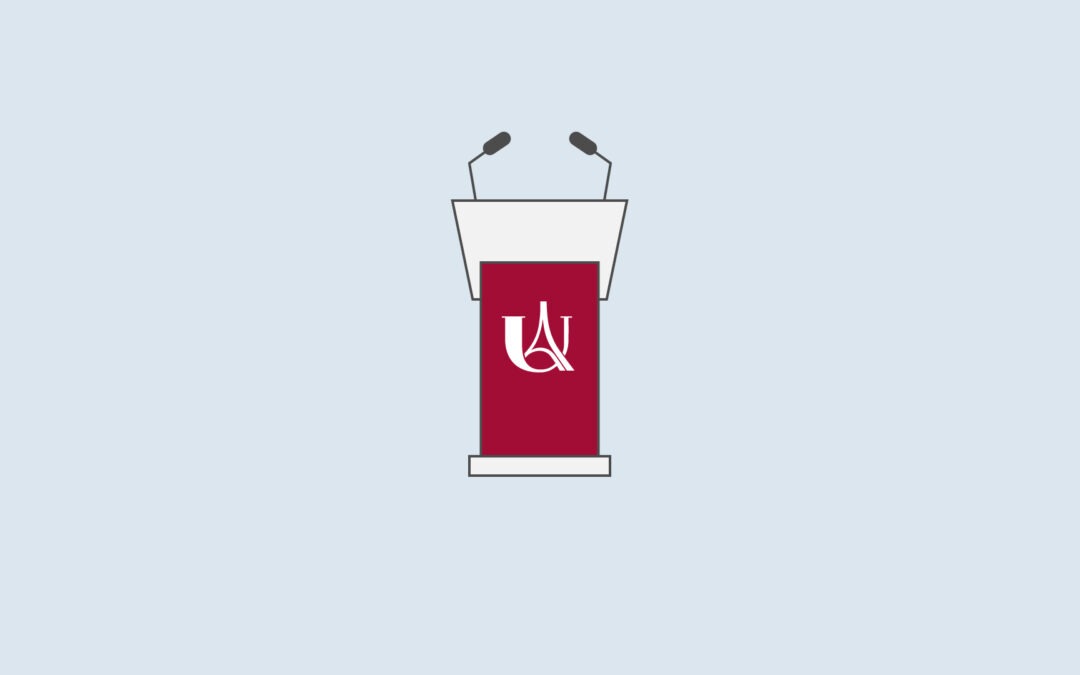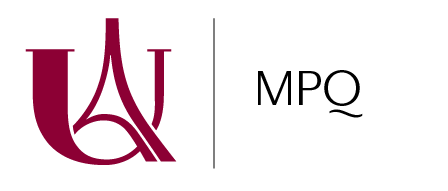Graphene is a two dimensional, material made of a carbon atomic plane, with exceptional physical properties that make it full of promises for applications in various fields. The realization of new functionalities for advanced devices is highly desirable and can be achieved by modifying the structure or chemical composition of graphene. Integrating active atomic sites in the carbon lattice for chemical reactions allows envisioning new applications for energy conversion, catalysis, chemistry or molecular electronics. In that context, particular attention has been focused on the chemical doping that consists in replacing some carbon atoms by e.g. nitrogen atoms to obtain new properties. Such a doping is expected to control the charge transfer between graphene and molecules and to achieve a redox reaction, but the direct observation of this phenomenon at the atomic scale was still needed.

Scheme (left) and STM image (right), with a lateral size of 4 nm, of two CoPc molecules on nitrogen doped graphene. The molecule located above a nitrogen pair is charged while the molecule above a single nitrogen is neutral.
Copyright Jérôme Lagoute – MPQ (CNRS/Université de Paris).
This is now done with the recent work reported by researchers from our laboratory (Matériaux et Phénomènes Quantiques) and the Service de Physique de l’Etat Condensé de Saclay (CNRS/CEA) in collaboration with the Jawaharlal Nehru Centre for Advanced Research (JNCASR, Bangalore, Inde). Using a scanning tunneling microscope (STM) it has been shown that a cobalt phthalocyanine molecule (CoPc) on a nitrogen doped graphene undergoes a charge transfer ranging from a fractional to an integer electron charge. The molecule remains generally neutral (CoPc0) when located above a single nitrogen, whereas it becomes charged (CoPc-) above a nitrogen pair. Combining STM imaging, spectroscopy and molecular manipulation with ab initio calculations within the Density Functional Theory (DFT), the electronic fingerprint of a molecule as a function of the amount of charge transfer has been revealed. For a fractional charge transfer, the electronic spectrum of the molecule is rigidly shifted in energy. In an intermediate case, a splitting of a molecular state is observed. For a charged molecule, the spectrum is fully different and a series of peaks appear, corresponding to many-body effects. These results show how impurities in graphene allow to tune the charge transfer with molecules. Beside the fundamental interest of this work, the control of the charge of CoPc could have potential applications in improving its catalytic activity for reactions such as the reduction of CO2 for energy conversion.
Link to the news article on the CNRS website (INP)
Contact:
Jérôme Lagoute (jerome.lagoute@u-paris.fr)
Reference:
Direct observation of the reduction of a molecule on nitrogen pairs in doped graphene, M. Bouatou, S. Mondal, C. Chacon, F. Joucken, Y. Girard, V. Repain, A. Bellec, S. Rousset, S. Narasimhan, R. Sporken, Y. J. Dappe, and J. Lagoute, Nano Letters, online since August 24th, 2020.
À lire aussi

TUPHO, for large-scale production of integrated photonic circuits
The TUPHO project is an initiative that aims to bridge the gap between upstream innovation and large-scale production in the integrated photonic circuits (PICs) industry. It is led by Hamidreza Neshasteh and Ivan Favero, members of the Light and Mechanics team at MPQ...

Towards light control of van der Waals magnets
Laboratoire: MPQ (Matériaux et Phénomènes Quantiques), Université Paris Cité & CNRS Adress: Bâtiment Condorcet – 10 Rue A. Domon et L. Duquet – 75013 Paris Internship/PhD supervisor: Niloufar Nilforoushan and Yann Gallais Tel: 0157276223 e-mail:...

Seminars
2025-2026 MPQ general seminar series organized by Niloufar Nilforoushan and Valentin Cambier Prof. Sebastian Loth — Institute for Functional Matter and Quantum Technologies, University of Stuttgart, GermanyTitle: Coming soonJan. 16, 2026 at 11:00 am — Salle Luc...

On-Chip Ferromagnetic Resonance for van der Waals Heterostructures: Anisotropy and Damping of Cobalt Interfaced with Exfoliated 2D Materials
A collaboration between the technical hub, the clean room platform and the TELEM group at MPQ laboratory has developped a new experiment demonstrating that standard broadband ferromagnetic resonance can still be effective to probe the magnetization dynamics of “thin...
